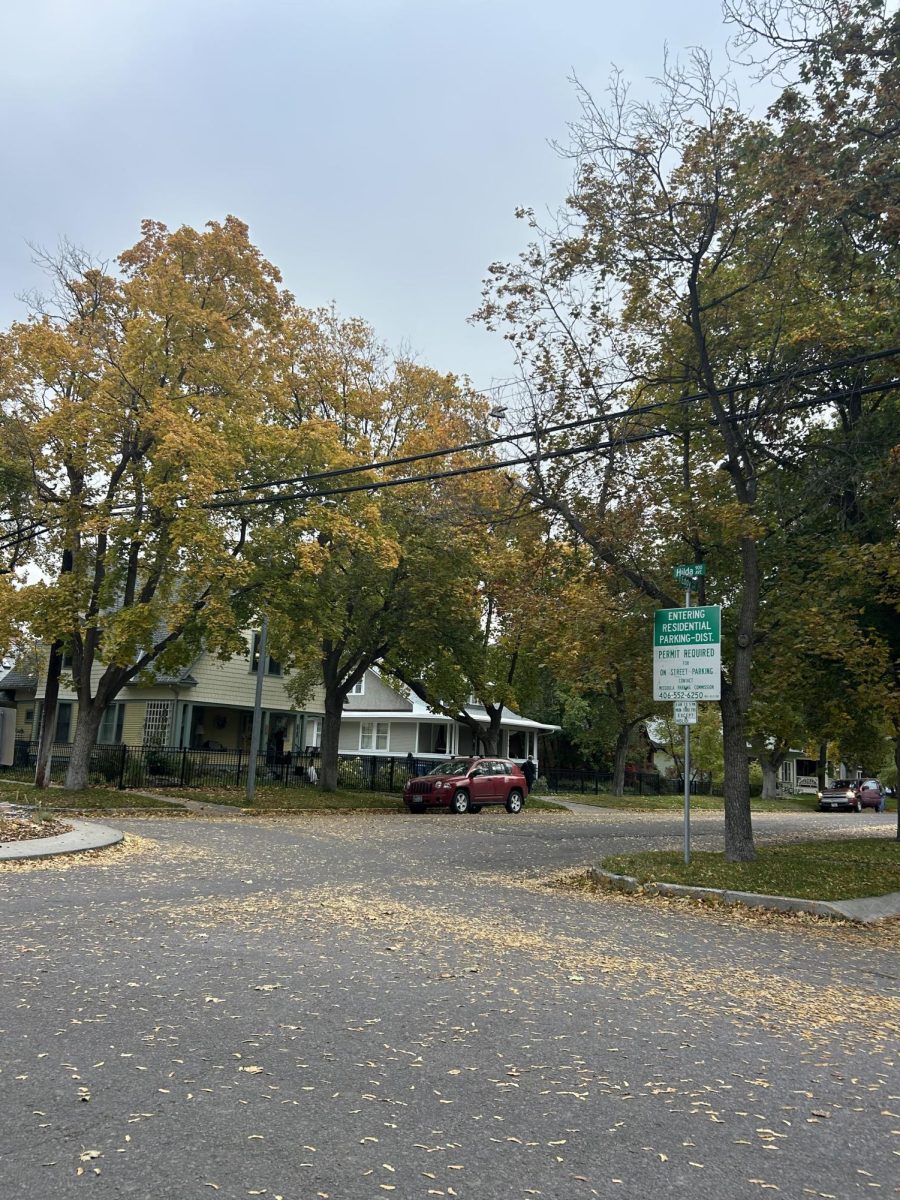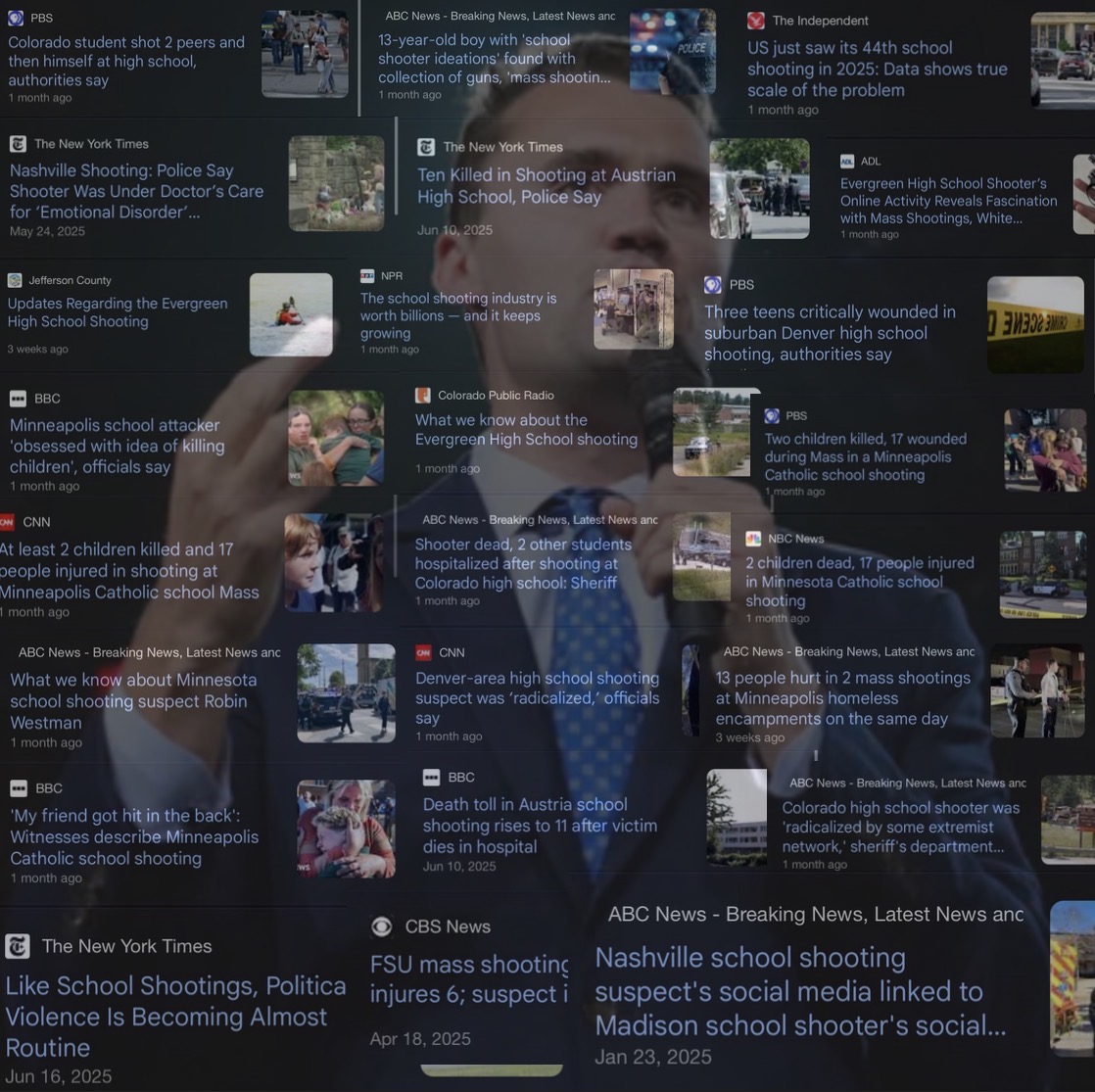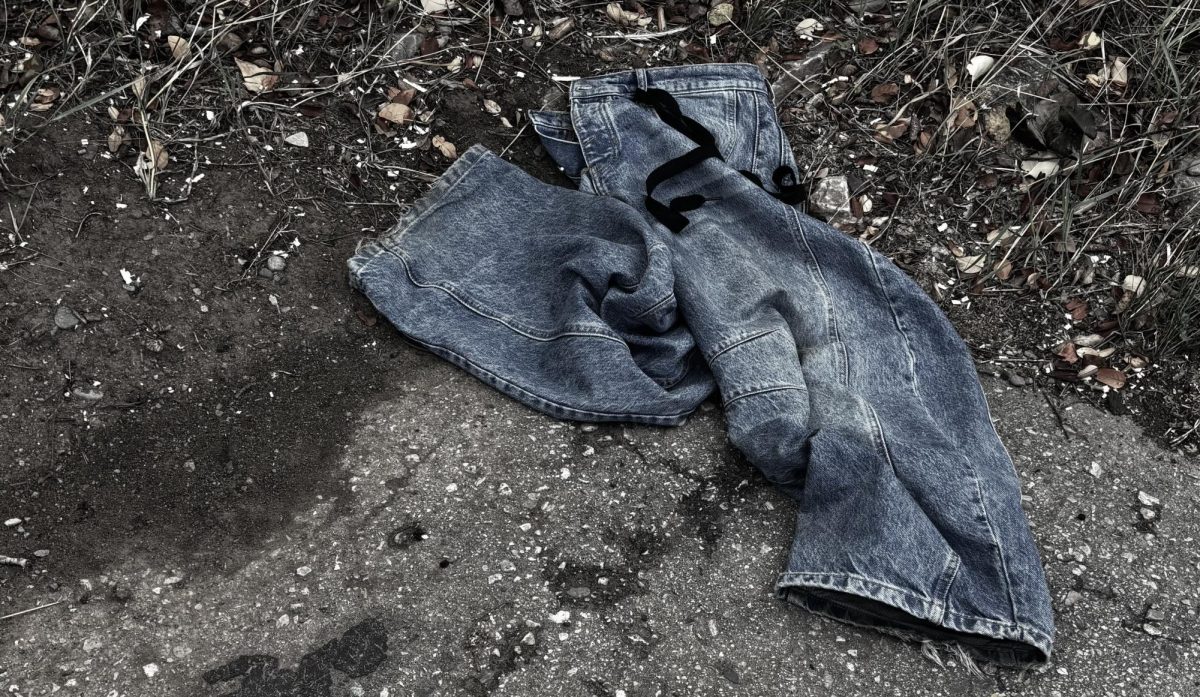In America, obtaining a quality education is a privilege. The public school system is not set up to encourage equal opportunity. Wealthier students often have more educational opportunities and resources at their disposal to thrive. This problem is also exacerbated by public school funding disparities between high and low income neighborhoods. This issue is very apparent in the funding differences between predominantly white schools and schools with a large majority of students of color.
Many public school districts rely on local property taxes for school funding. This means students in high-income neighborhoods will in most cases get more school funding than those in low income neighborhoods. According to The Commonwealth Institute, “Students in high poverty schools have less experienced instructors, less access to high level science, math, and advanced placement courses, and lower levels of state and local spending on instructors and instructional materials. Only about one third of high poverty schools were fully accredited by the state.”
Schools in America are still highly segregated by race and socioeconomic status (SAS). An Economic Policy Institute study revealed that less than one in three white students (31.3%) attend a high-poverty school, compared with more than seven in ten black students (72.4%). This problem is also seen in public versus private school admissions. The Institute of Research on Poverty study about school enrollment by race shows that white students make up less than half of all public school students, in contrast to 66 percent of private school students.
The school dropout rate is also much higher for low-income students at about 10 percent compared to 1.6 percent for high-income students according to the National Dropout Prevention Center. High school graduates earn almost 20,000 dollars more annually than those without one, with the unemployment rate being 13 percentage points higher than non-dropouts. This continues a cycle of poverty for those who have dropped out of school to work or help provide for their family.
According to the American Psychological Association economic stress can have a large impact on the emotional response of students, with high rates of depression for low-income students. These factors have a large effect on a student’s ability to perform in school, if they have the ability to show up at all. Low-income students are also twice as likely to struggle with a learning disability.
A lot of the problem lies in America’s public school system, but SAS also impacts a students ability to gain higher education. Almost 90 percent of students from well-off families, 64 percent of middle class students, and 51 percent of low-income students attend college. That is almost a 40 point disparity between high and low income students.
Change can happen in our American school system, to start we need to change how we allocate funding for education. Funding public schools based on school population and students needs, not what neighborhood you live in. Working with and for low income students by providing meals and a safe learning environment, with resources for students who need extra help. These are the first steps towards education equality.
Educational and economic opportunities are around every-corner. The wealth of knowledge is endless, but that is only if you are wealthy. There is a future where education is for everyone.






